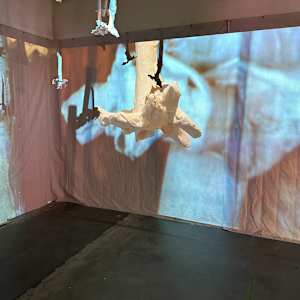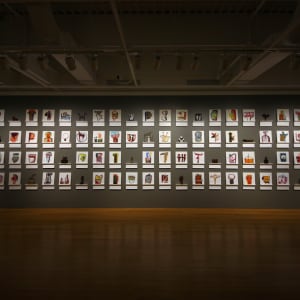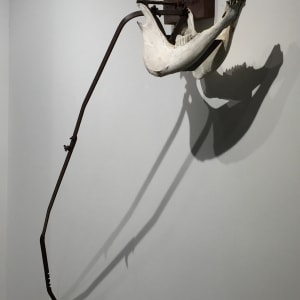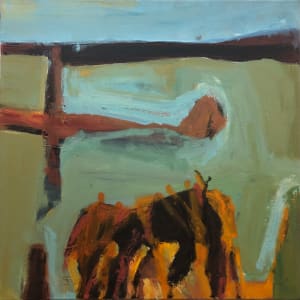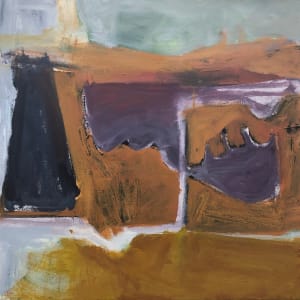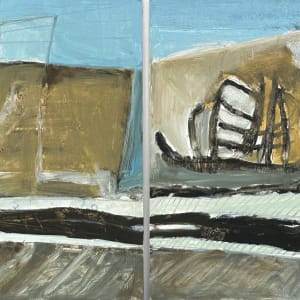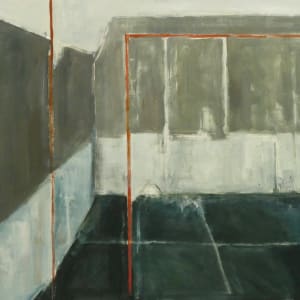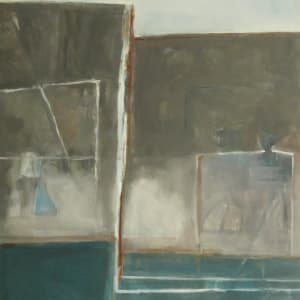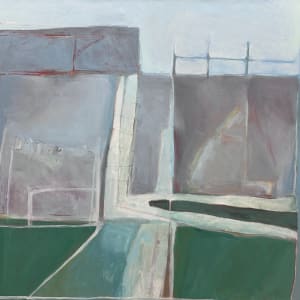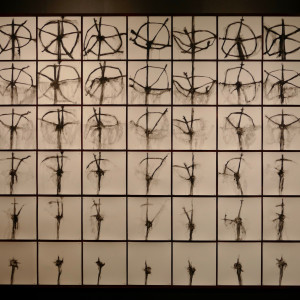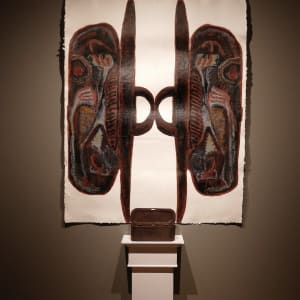Installation and Sculptural Work
A selection of sculptural installation work that centres on interpretation of memory, history, and commemoration. Some of the work includes audio and video.
Landscape Theory
This is a selection of small paintings that are part of an ongoing investigation of the definition of landscape. Some of the paintings serve as studies for larger work while others are complete. Together they represent questions about composition and form and about the representation of our physical and social environment.
Old Loves, New Lines
As in his previous work Paddy Lamb’s paintings continue to ask questions about traditional notions of history, memory, and monument, particularly the recent tendency to project our own desires, weaknesses, and passions on the past without any opposition – for the past cannot speak. He is troubled by the predictability and certainty of our times and the papering over of mistakes and past endeavours.
The forms that are represented here are not simply walls, gates, or plains within a landscape. They are also facades - ‘learning walls’ that hold the imprint of people and the stories and events that have accompanied them. In each case the aim is to invite the viewer into a space that suggests connections to memory and history without predicting a certain outcome.
"[Monument is] that which preserves memory through its very being, that which speaks directly, through the fact that it was not intended to speak - the layout of territory that testifies to the past activity of human beings better than any chronicle of their endeavours; a household object, a piece of pottery, a stele, a pattern painted on a chest, or a contract between two people we know nothing about."
Jacques Ranciere. Figures of History
Repeated Visits to the Museum of Life
This exhibition took place at Gallery@501, Sherwood Park, Alberta in March 2020.
A catalogue accompanied the exhibition.
In this age of ‘immediacy’ it seems that we are eager to create self-imposed, artificial borders that do not stand up to historical or sociological scrutiny. How do we navigate between respect and learning? How do we deal with politically and culturally significant issues without stifling creativity and freedom of expression?
Evidential boundaries are important as they provide a sense of identity and community and allow us to better understand our pathway to the present. Yet delineation has an inherent danger to it. At the very least it can create a heightened sense of proprietorship. It often removes cultures and traditions from their place in the evolving physical and social landscape. Separation runs the risk of creating barriers to understanding in context. For as long as we have identified them our languages and cultures have evolved and borrowed from one another over time.
My philosophy has been influenced by growing up in Northern Ireland, at a time when the use of geographical boundaries and belief systems were bitterly divisive. I find it difficult to express an interest in human attachment to the land while using the narrow confines of the present. Instead my aim is to engage with the land through memory, history and imagination.
Much of the work in this exhibition focuses on the distillation of forms and their symbolic, monumental capacity. I want to create new pathways that are built on respect and understanding of cultural traditions but refer to different landscapes that are influenced by my spiritual connections and developing memories of place.
For this soul needs to be honoured with a new dress woven
From green and blue things and arguments that cannot be proven.
Patrick Kavanagh, Canal Bank Walk

